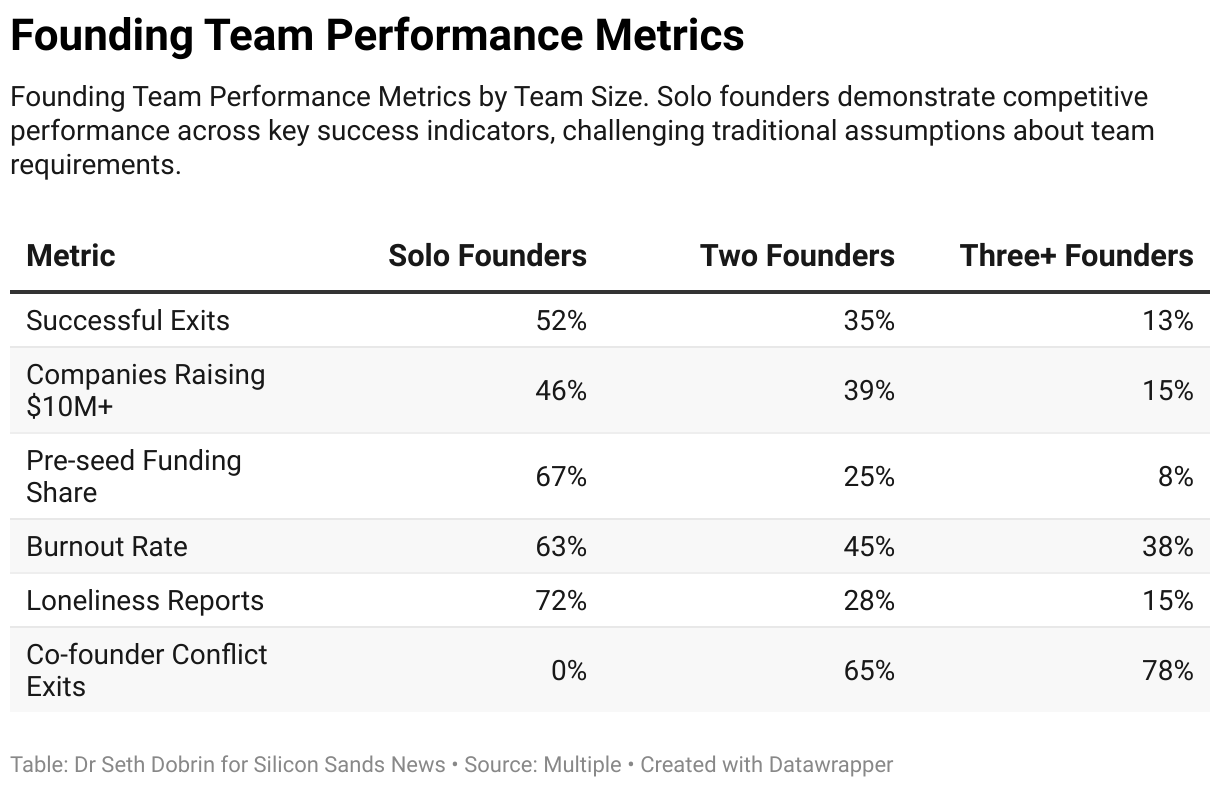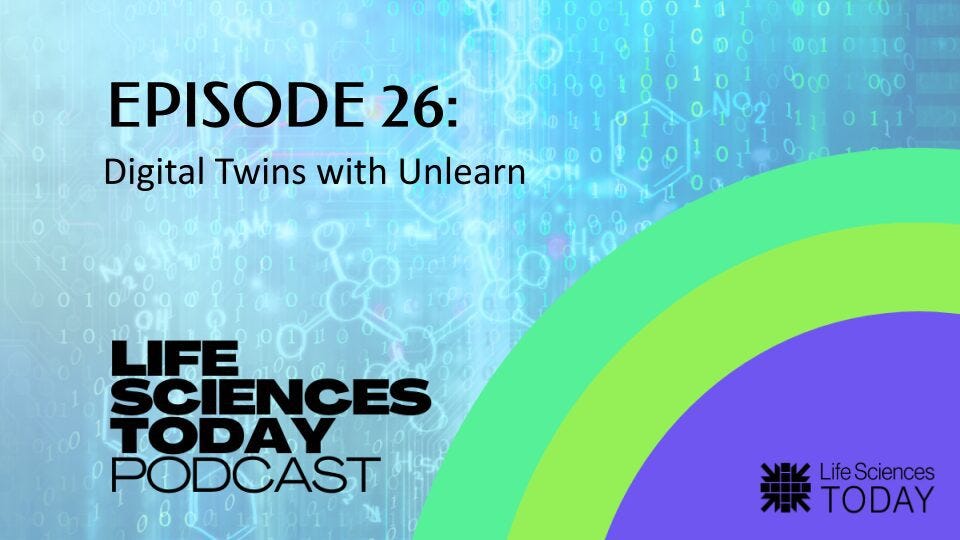Happiness is High Performance
Replacing a manager with a sweet spot takes a 100kg weight off your back.
Intro
Management hierarchies and systems like OKRs create planning and control structures for large organizations, but rarely more output for a solopreneur.
Do we have a personal sweet spot of peak output?
Do teams have them?
Do companies — maybe even countries?
In this essay, I’ll talk about:
The anatomy of the sweet spot
The neuroscience behind it
And whether sweet spots scale beyond the individual
What is the Sweet Spot?
Your sweet spot is the intersection of 4 things:
What you do best
What you love
Customers who need what you do best
And have the most money to pay you
Your personal sweet spot is your optimal position to achieve peak performance.
If you miss any of these 4, you will be a hard worker not a high performer. You will follow your passion and not make money. You will have customers with money who won’t pay you.
This is why I tell solopreneurs: the sweet spot isn’t a productivity trick — it’s table stakes to a successful one-person business.
If you’re not in your sweet spot, you’ll burn out before you break through.
The Neuroscience of the Sweet Spot
Neuroscientists now see emotion as intertwined with cognitive processes, such as attention, memory and decision making.
The amygdala is the brain region most associated with emotion. The amygdala and its connections to the prefrontal cortex and basal ganglia influence selection and initiation of behavior aimed at obtaining rewards and avoiding punishment — the building blocks of motivation.
When neurons in the amygdala fire alongside primary reinforcements (pleasure, relief, payoff), the connections get stronger.
Source: Medical Neuroscience, Seventh Edition, 20204, Oxford Press,
When your craft makes you happy, your brain wires you for higher performance.
This is not following your passion. This is neuroplasticity at work.
When you’re in your sweet spot, your brain literally makes you faster, sharper and more productive.
Does the Sweet Spot Scale?
At the level of one person — absolutely.
Writers, musicians, athletes, physiotherapists (arguably the happiest medical profession I know) — they live inside their craft, and their output shows it.
What about small teams? Here’s where it gets interesting. Decision-making seems to work better in groups of 3, 5, or 7 than 2, 4, or 6. Odd numbers break ties, push action, and create momentum.
And the data backs it: 87% of AI startups have three founders or fewer. That’s not an accident — it’s a scaling law of sweet spots.
Large organizations?
That’s trickier. Alignment gets harder as layers pile on.
But every so often you see a company that hits its sweet spot — a combination of craft, market timing, and customer fit that creates exponential lift.
WIZ, the Israeli cloud security company, hit the exact intersection of timing, market demand, and customer urgency — the sweet spot that turned four founders into a $32B exit in five years.
Do countries have sweet spots?
I think so. Israel’s cyber and defense industries are outstanding examples.
They’re empirical proof that when a nation hits its collective sweet spot — talent × necessity × global demand — the results are extraordinary.
Outro
When you’re happy, you do your best work, you work the fastest and you’re the most productive. You’ll make the most money, because you’re selling to customers with the most money who need your craft, products and services.
The most stunning successes of AI companies are for developers - people who create things.
The most stunning failures of AI are in the enterprise - people who regulate things.
But, the sweet spot doesn’t protect you from burnout and loneliness.
Looking for a co-founder is a primary motivation when a solo founder starts feeling the crushing weight of loneliness. It’s also the reason why co-founders are the biggest reason for startups failing (besides solving for imaginary requirements or for customers who can’t or won’t pay you money for your imaginary requirements).
We’ll dive into that next week.
This week on Life Sciences Today - Unlearn.AI
This week’s guest on Life Sciences Today is Aaron Smith, Chief Scientist at Unlearn.AI. Aaron is one of the smartest and happiest people I’ve met.
Unlearn helps pharma companies design and run smaller randomized controlled trials (RCTs) without losing statistical power. In fact, in many cases, they boost it — without needing more participants. Their approach is already qualified by the EMA and aligns with FDA guidance.
What they do best: digital twins.
What they love: applying deep science to real-world problems.
Customers who need it: pharma sponsors struggling with recruitment and cost.
Willingness to pay: the budgets are there because the use case is urgent.
👥 Join my Private Network for TechBio Entrepreneurs
I’m a 5x founder who learned hard lessons the hard way.
The private network I’m building is trusted by leaders from Menarini, Merck, IQVIA, Medtronic, Flatiron Health, Debiopharm, Unlearn, and 900+ more.
👉 Join us here
About Unlearn
Unlearn helps customers design and run smaller RCTs that maintain power or boost it without additional study participants. This approach is qualified by the EMA and aligns with current FDA guidance.
Visit Unlearn here to learn more.
You can see the episode with Aaron Smith from Unlearn here: Episode 26: Digital Twins with Unlearn
📌 PS: If you enjoyed this essay, forward it to someone wrestling with their own OKRs. They might just need to hear that the real performance hack is happiness at your craft.




